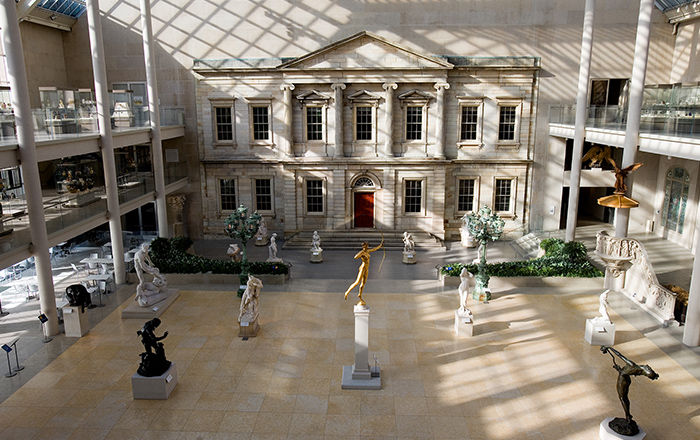The Trinity
Not on view
José Campeche, the son of a formerly enslaved artisan of African descent, established himself as the leading painter in Puerto Rico during the last decades of the eighteenth century. His ascendance coincided with a period of military and economic reform that transformed the city of San Juan into a thriving port with a growing and increasingly diverse population. Campeche flourished as the preferred painter of the island’s political and ecclesiastical elite, who commissioned portraits as well as religious images for both public and private worship. This representation of the Holy Trinity was made as a devotional aid for individual prayer. The three figures of the Trinity are connected at the vertices of a triangle with the Tetragrammaton—the four-letter Hebrew theonym (Yahweh)—at its center, in a luminous manifestation of God’s presence. Each side of the triangle is inscribed with the Latin word “Sanctus,” an expression of praise that derives from the prophet Isaiah’s vision of the throne of God: “Holy, holy, holy.”
